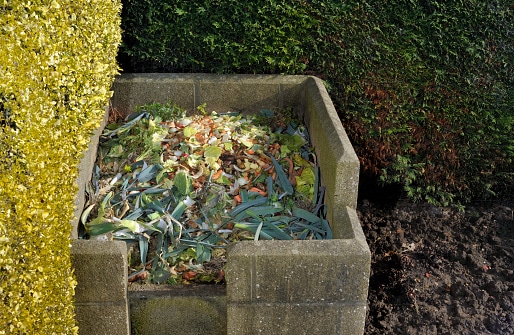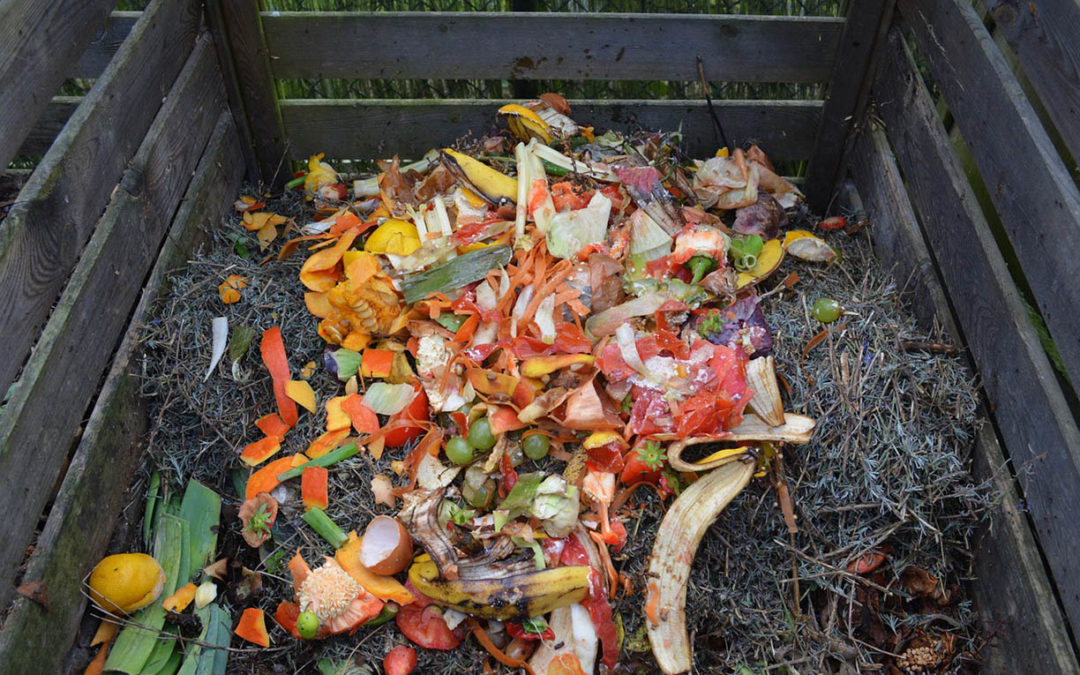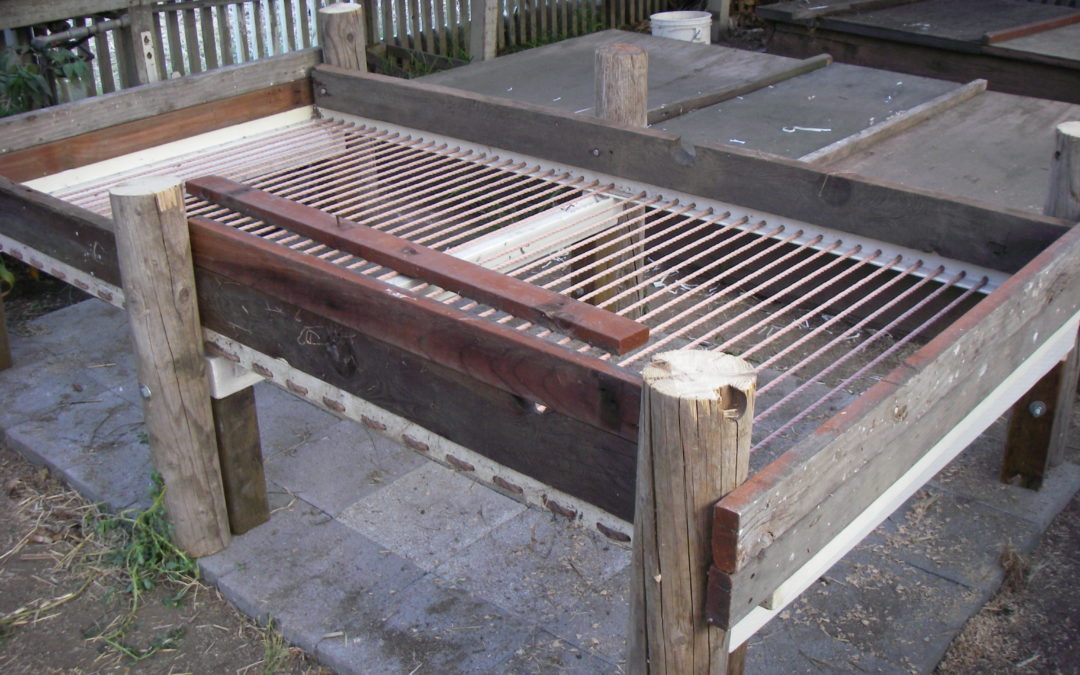
The first step is conservation of carbon and water, as well as improving our nitrogen fixation. We should keep in mind that what we export from our farms or gardens, including hay, manures, packing house wastes, wood waste, etc., should not exceed 8 or 10 percent of our total biomass production. The other 90-92 percent of what we take from the atmosphere must be built into the soil to sustain and enhance life.

It is generally known that over-application of extremely soluble synthetic fertilizers has been responsible for disrupting ecosystems and numerous environmental problems. What is not generally known is that all highly soluble soil inputs, including sulfates, chlorides and fluorides, disrupt the structure of water molecules, impeding the biochemical energy flows that affect the metabolism of plants, making them more susceptible to insect pressure and diseases and decreased water use efficiency.

Due to their unique chemical and physical compositions, organic matter-bound nutrients have been proven to be very efficiently utilized by plants.

While chemical pesticides work by killing microorganisms, both the pathogenic and the beneficial ones, compost tea works on a very different principle.

The Harvard School of Public Health said reducing food waste by an estimated 15 percent could feed more than 25 million Americans annually. You would think this would be a driving incentive for waste reduction. But how does food collection figure into soil health? Simple. The quality and health of the soil determines the quality and yield of the crops planted in it.

Continuous-flow worm bins are designed to provide a continuous output of finished vermicompost without disturbing the worms or taking any part of the bin out of production. This design makes it much easier to harvest the finished compost.








